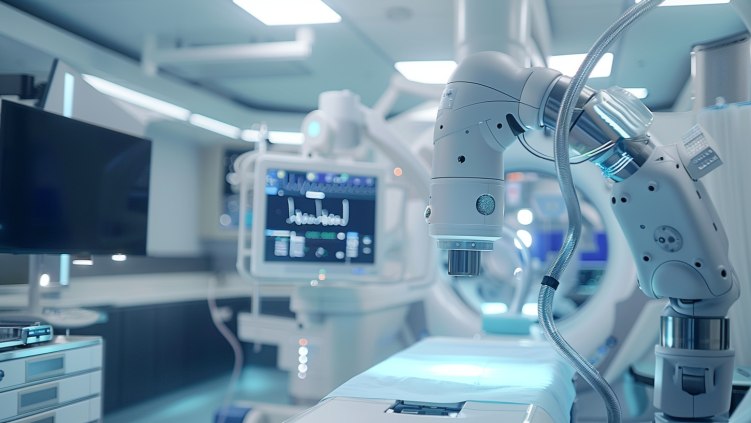Custom Medical PCB: Ensuring Device Precision and Reliability
Medical devices are closely tied to human health and life safety, which imposes stringent requirements on the precision and reliability of their electronic components. Among these devices, medical PCBs are widely used. To ensure device precision and reliability, the custom design requirements and manufacturing technologies for medical PCBs are crucial. Let's learn about the importance of medical PCB customization, technical requirements and manufacturing process.

1. Importance of Medical PCB Customization
Medical PCBs are the core electronic components in medical devices, and they are responsible for the signal processing, data management, control and other functions. Due to the special operating environment of medical devices, these PCBs must possess the following characteristics:
1) High Precision: Ensure accurate signal transmission and processing of medical device during operation.
2) High Reliability: Ensure that medical device can work stably under various environmental conditions and reduce the risk of failure.
3) Safety: Avoid any electrical faults that could cause harm to the patient or operator.
2. Technical Requirements
1) Precise Routing: In order to achieve high-density electronic component integration, medical PCBs require sophisticated wiring.
2) High-Standard Material Selection: Use heat-resistant and chemical-resistant materials to accommodate hospital disinfection and cleaning procedures.
3) Strict Electromagnetic Compatibility: Medical devices must not interfere with other devices during operation, and they must be resistant to external electromagnetic interference.
4) Miniaturized Design: As medical devices become more portable and miniaturized, PCB design also needs to be miniaturized to fit into the compact device space.
3. Manufacturing Technologies
1) Layout Phase: Schematic and PCB layout according to the specific requirements of medical devices.
2) Prototyping: Before mass production of medical PCBs, prototypes are made and fully tested to ensure that the design meets all technical specifications.
3) Component Procurement: Select high-quality electronic components that meet medical industry standards and undergo strict quality inspections.
4) PCB Manufacturing: Through steps such as etching, drilling, and solder mask application, medical PCBs that meet design requirements are manufactured.
5) Assembly and Quality Control: In automated or semi-automated production lines, electronic components are precisely mounted onto medical PCBs and undergo strict quality control, including visual inspection, functional testing, etc.
Custom medical PCBs are a key link in ensuring the performance and safety of medical devices. As medical technology develops and demand for medical device grows, medical PCB manufacturers need to continuously improve their design and manufacturing capabilities to meet the industry's demand for high-performance electronic components.Through careful layout, strict material selection, and quality control, custom medical PCBs provide a solid electronic foundation for medical devices, ensuring the quality of healthcare services and patient safety.
HoYoGo is an international, professional and reliable medical PCB manufacturer. With our extensive industry experience, advanced technical equipment, and professional team, we can provide medical device manufacturers with high-quality PCB products and comprehensive technical support to contribute to the innovation and development of the medical industry. If you have any related needs, you are welcome to send us an inquiry.
评论
发表评论